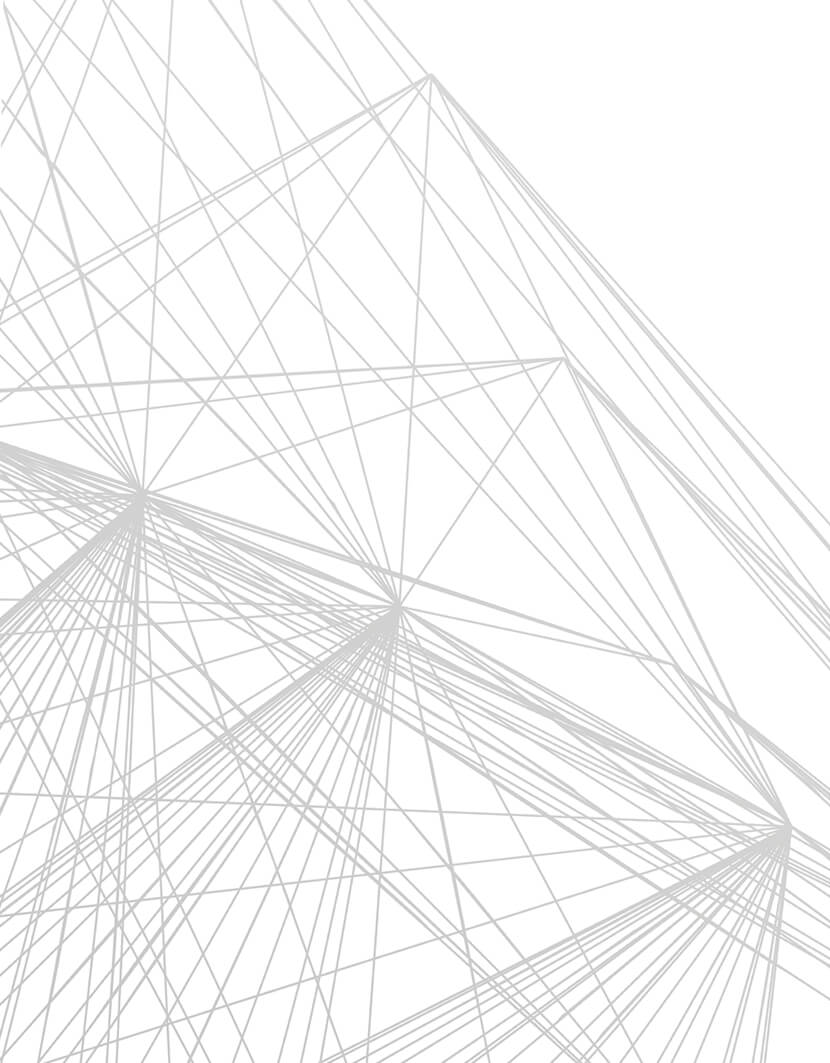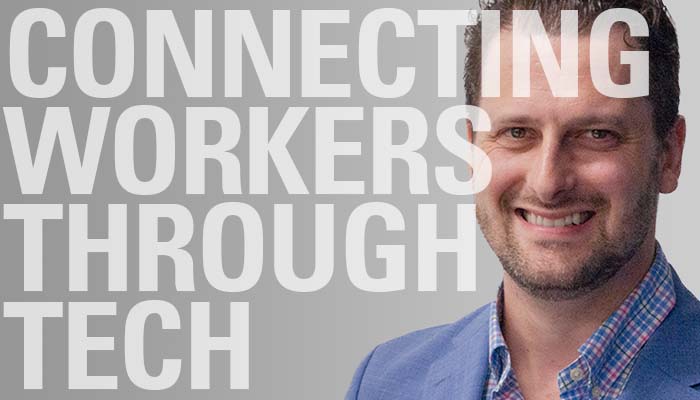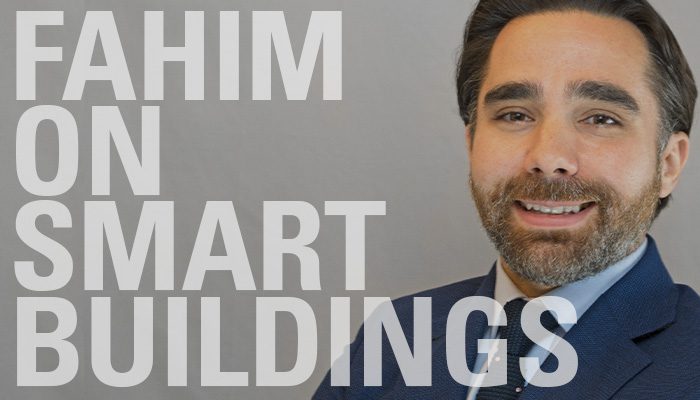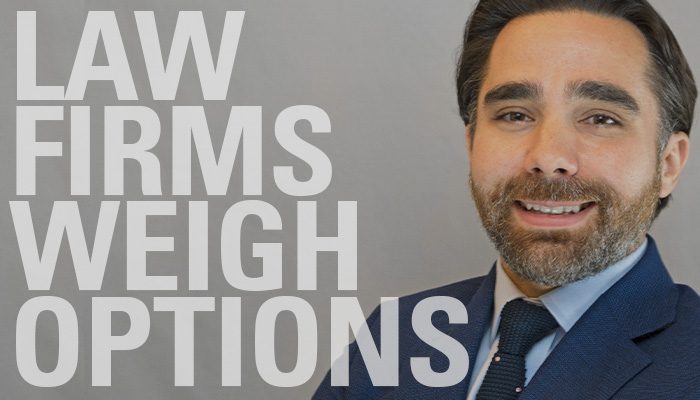The evolution of the modern office needs to accommodate team members meeting in person and online. ESD now Stantec Senior Audio Visual Consultant John Doyle offers an overview of the best technology to consider. (Learn more about the meeting room technology.)
As new internet of things (IoT) devices are added to existing building automation systems, the information they return can be overwhelming.
In an article recently published by Building Operating Management (BOM) magazine, Saagar Patel says there is a tendency in the industry to layer multiple tools on top of one another. Quoted in “How to Make Smart Building Data Smarter,” Patel says “That’s where the problem comes in because then you have redundant data streams. You have too many different technologies that are overlaid.”
The article goes on to outline strategies to convert smart building data into more reliable, useful, and actionable information for building operators and managers.
As operations director for the Energy+Eco team, Saagar Patel extends a key company value to respect everyone to also include the environment. He is a passionate advocate for energy efficiency and sustainability and shares his expertise in those areas to design and construction.
For more information on planning for net zero, energy efficiency, and smart building systems, contact Saagar.




